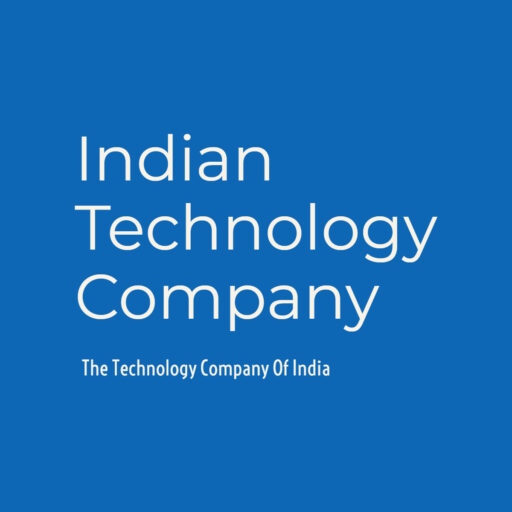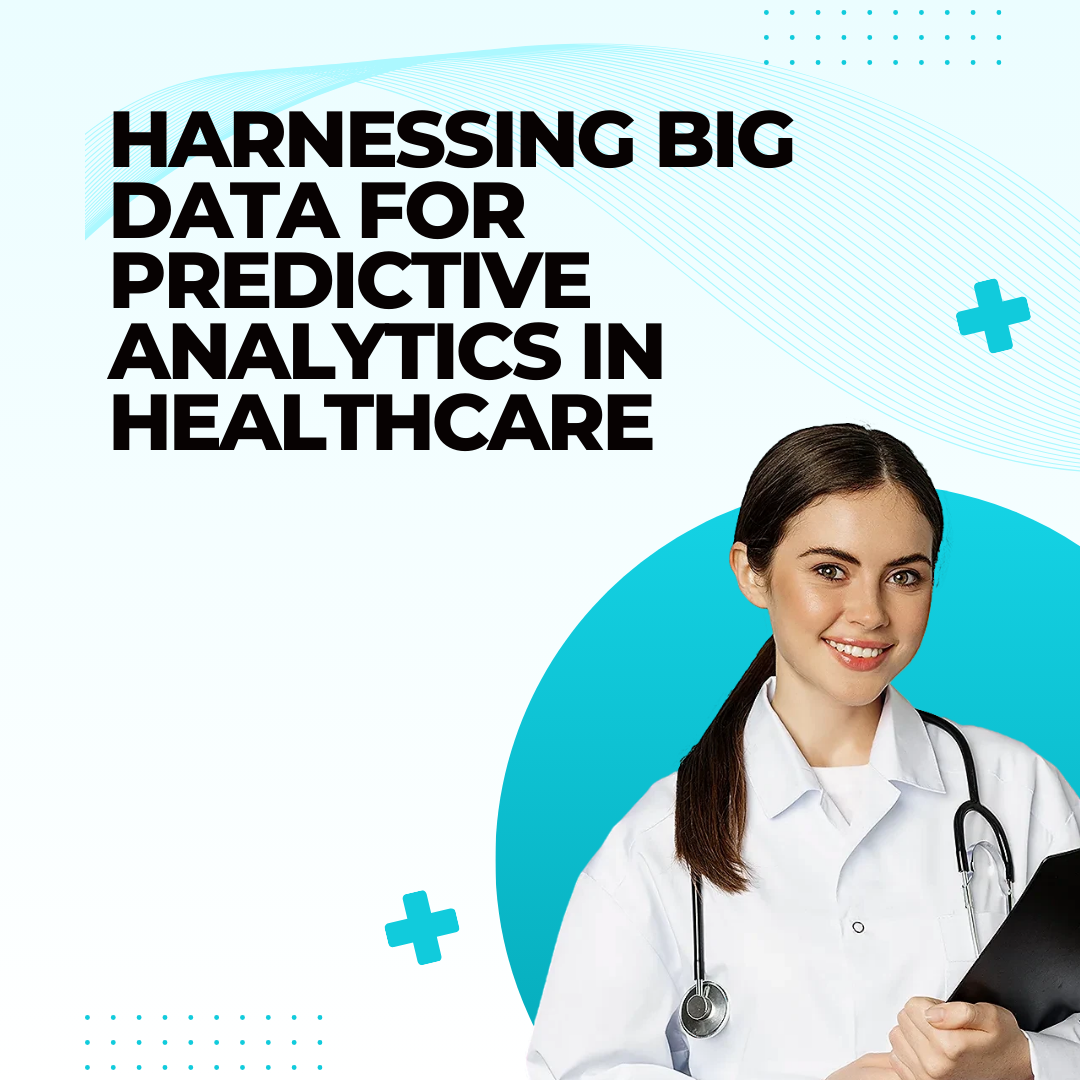Introduction
In the era of digital transformation, healthcare is increasingly embracing technological advancements to enhance patient care, streamline operations, and reduce costs. One of the most promising developments is the utilization of big data for predictive analytics. By leveraging vast amounts of health-related data, predictive analytics can foresee health trends, improve clinical outcomes, and revolutionize the healthcare industry. This article explores how big data is harnessed for predictive analytics in healthcare, its benefits, challenges, and future prospects.
Understanding Big Data in Healthcare
Big data in healthcare refers to the extensive volumes of data generated from various sources, including electronic health records (EHRs), medical imaging, genomic sequencing, wearables, patient registries, and even social media. This data is characterized by its volume, velocity, variety, and veracity, making it both complex and rich in potential insights.
The Role of Predictive Analytics
Predictive analytics involves using statistical algorithms, machine learning techniques, and data mining to analyze historical data and make predictions about future events. In healthcare, predictive analytics can be used to:
- Predict Disease Outbreaks and Spread: By analyzing data from various sources, including public health records and social media, predictive analytics can forecast the likelihood and spread of disease outbreaks. This enables healthcare providers and policymakers to take proactive measures to contain and manage diseases.
- Personalize Treatment Plans: By integrating data from EHRs, genetic information, and patient histories, predictive analytics can help tailor treatment plans to individual patients, improving outcomes and minimizing adverse effects.
- Enhance Patient Monitoring and Management: Predictive models can identify patients at risk of developing chronic conditions or experiencing complications. This allows for timely interventions, personalized monitoring, and better management of diseases such as diabetes, heart disease, and cancer.
- Optimize Hospital Operations: Predictive analytics can forecast patient admissions, bed occupancy rates, and emergency department visits, enabling hospitals to optimize resource allocation, reduce wait times, and improve overall efficiency.
Key Benefits of Predictive Analytics in Healthcare
1. Improved Patient Outcomes
Predictive analytics enables healthcare providers to identify high-risk patients and intervene early, leading to better management of chronic diseases, reduced hospital readmissions, and improved overall patient outcomes.
2. Cost Reduction
By predicting and preventing adverse events, hospital readmissions, and unnecessary treatments, predictive analytics can significantly reduce healthcare costs. Additionally, it helps in optimizing resource allocation, leading to cost savings.
3. Enhanced Clinical Decision-Making
Predictive analytics provides clinicians with data-driven insights that support evidence-based decision-making. This enhances diagnostic accuracy, treatment efficacy, and patient safety.
4. Population Health Management
By analyzing data on a large scale, predictive analytics helps in understanding health trends and patterns within a population. This aids in designing targeted public health interventions and policies to improve community health.
Challenges in Implementing Predictive Analytics
1. Data Privacy and Security
Handling sensitive health data comes with significant privacy and security concerns. Ensuring data protection and compliance with regulations like HIPAA (Health Insurance Portability and Accountability Act) is crucial.
2. Data Integration
Integrating data from diverse sources, such as EHRs, wearables, and genomics, into a cohesive dataset is a complex task. Standardizing data formats and ensuring interoperability are major challenges.
3. Data Quality
The accuracy and reliability of predictive analytics depend on the quality of data. Incomplete, inconsistent, or biased data can lead to erroneous predictions and ineffective interventions.
4. Technical Expertise
Implementing predictive analytics requires specialized skills in data science, machine learning, and healthcare informatics. There is a growing need for trained professionals who can bridge the gap between data analysis and clinical application.
Future Prospects
The future of predictive analytics in healthcare looks promising, with advancements in technology and data science driving innovation. Here are some trends to watch:
1. Integration of AI and Machine Learning
Artificial intelligence (AI) and machine learning (ML) are set to play a significant role in enhancing predictive analytics. Advanced algorithms can uncover complex patterns and provide more accurate predictions, leading to improved patient care.
2. Real-Time Analytics
The adoption of real-time data analytics will enable healthcare providers to monitor patients continuously and intervene promptly. This is particularly beneficial for managing critical conditions and improving emergency response.
3. Expansion of Wearable Technology
The proliferation of wearable devices and remote monitoring tools will generate vast amounts of real-time health data. Predictive analytics can leverage this data to offer personalized health insights and proactive interventions.
4. Precision Medicine
Predictive analytics will be a cornerstone of precision medicine, where treatments are tailored to individual patients based on their genetic makeup, lifestyle, and environmental factors. This approach promises to enhance treatment efficacy and reduce adverse effects.



